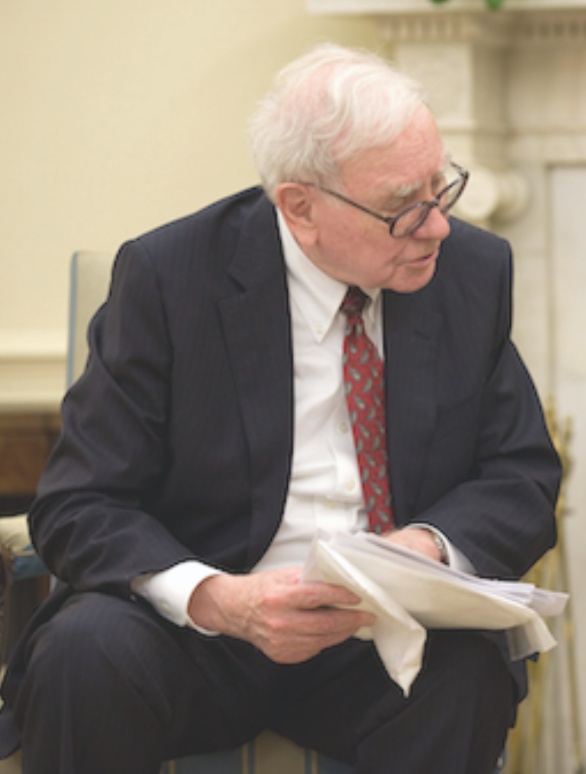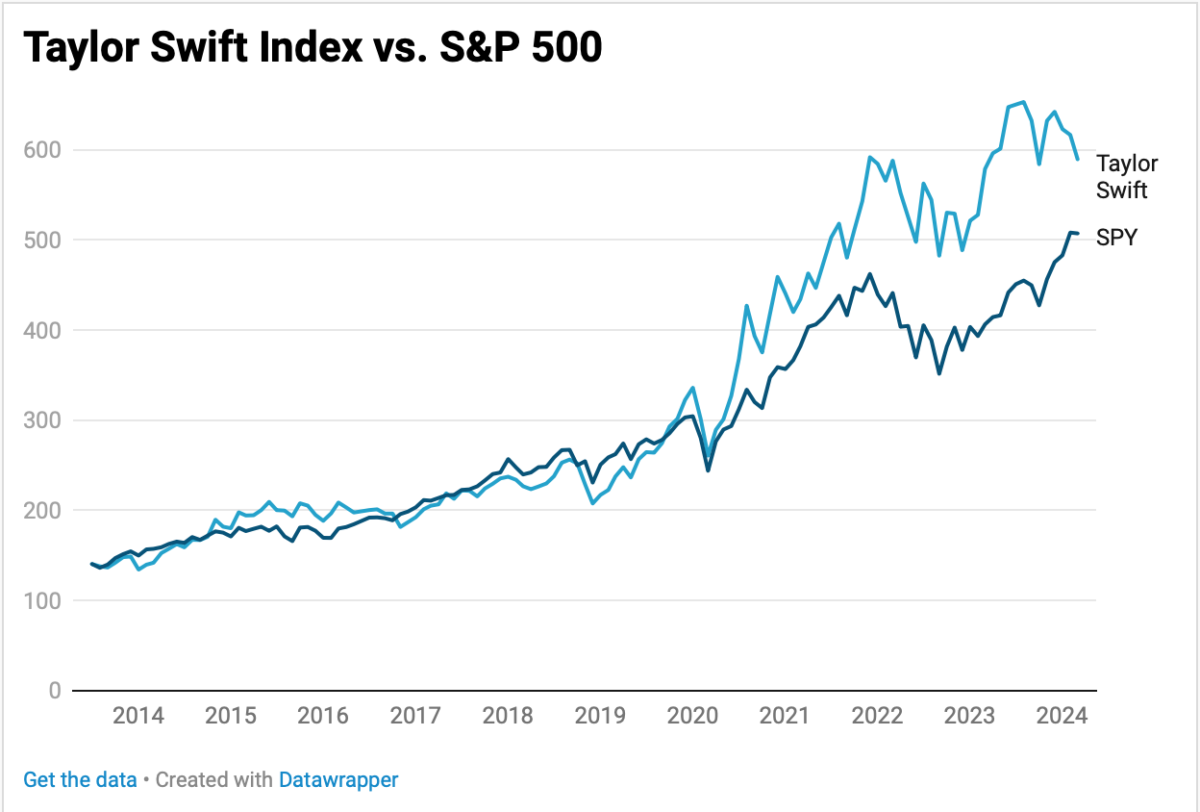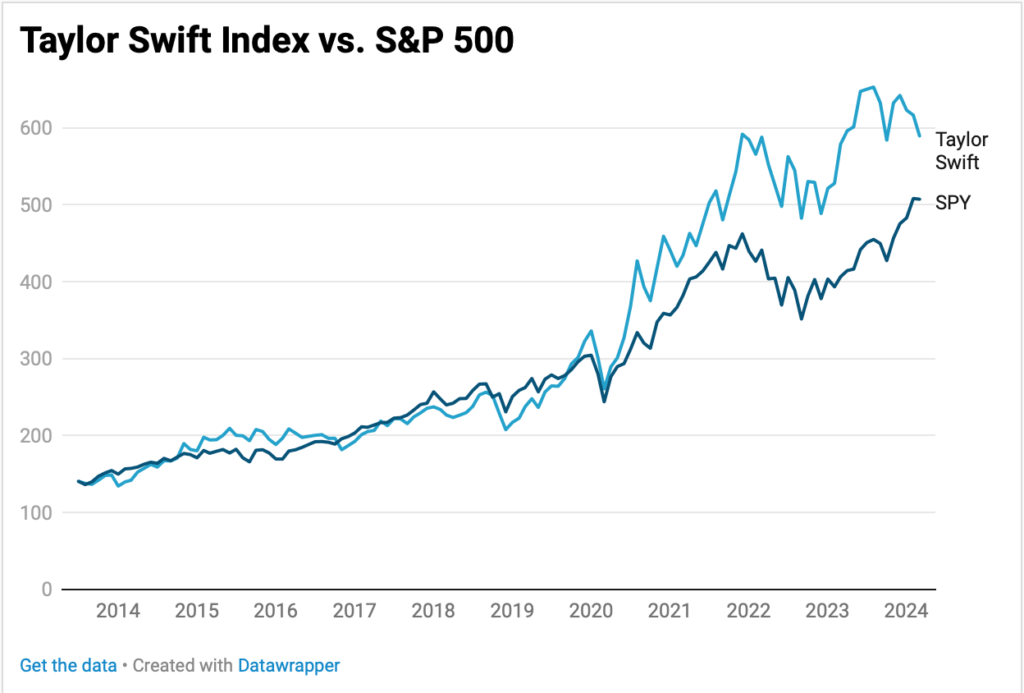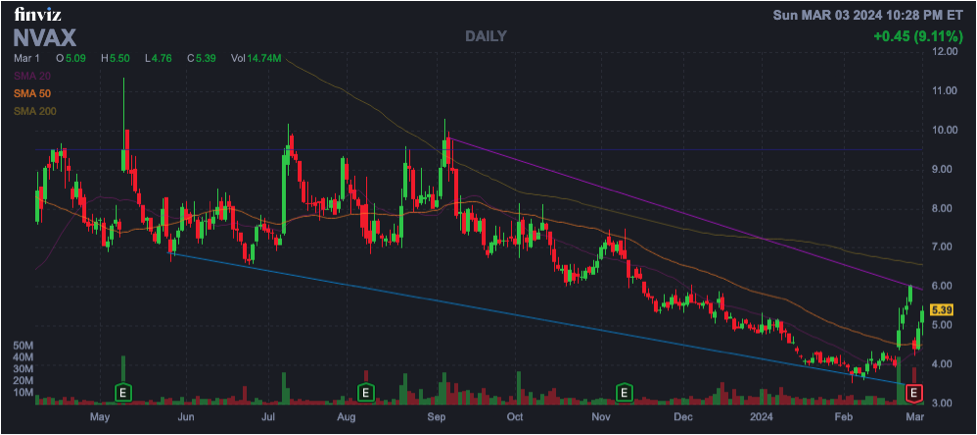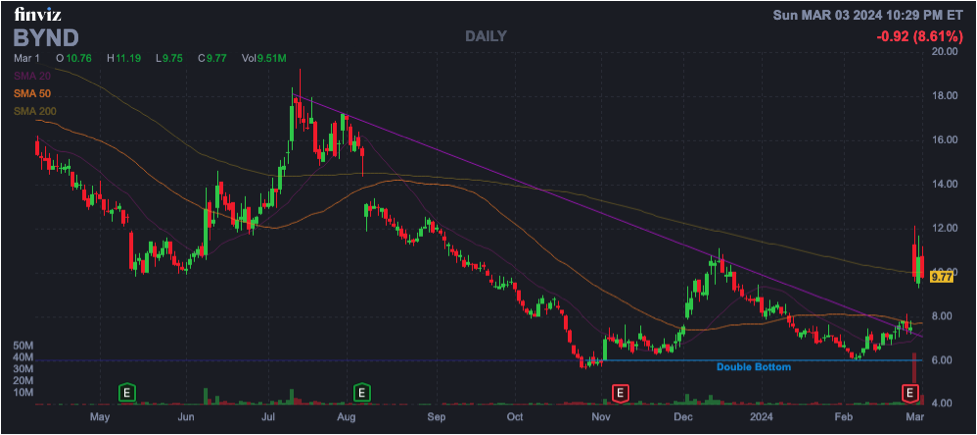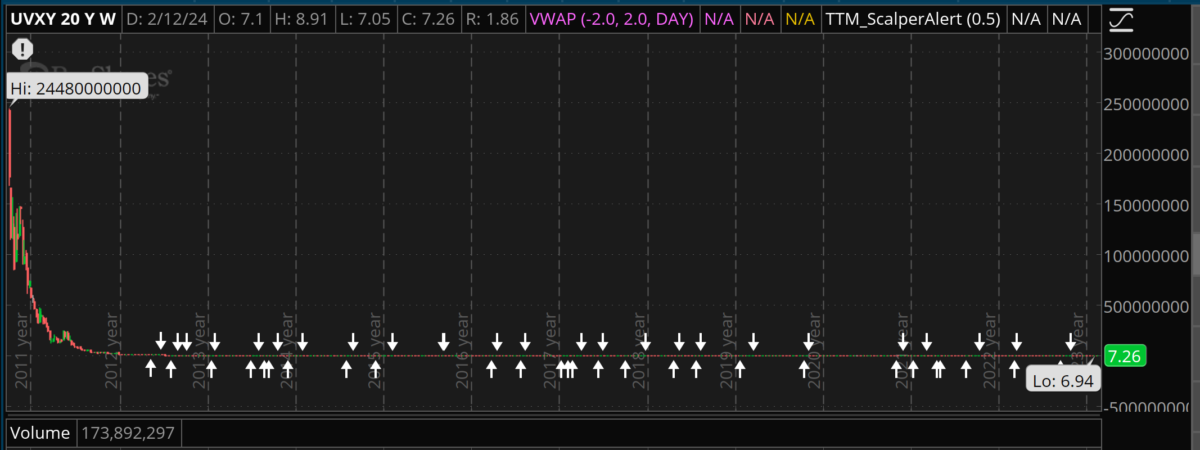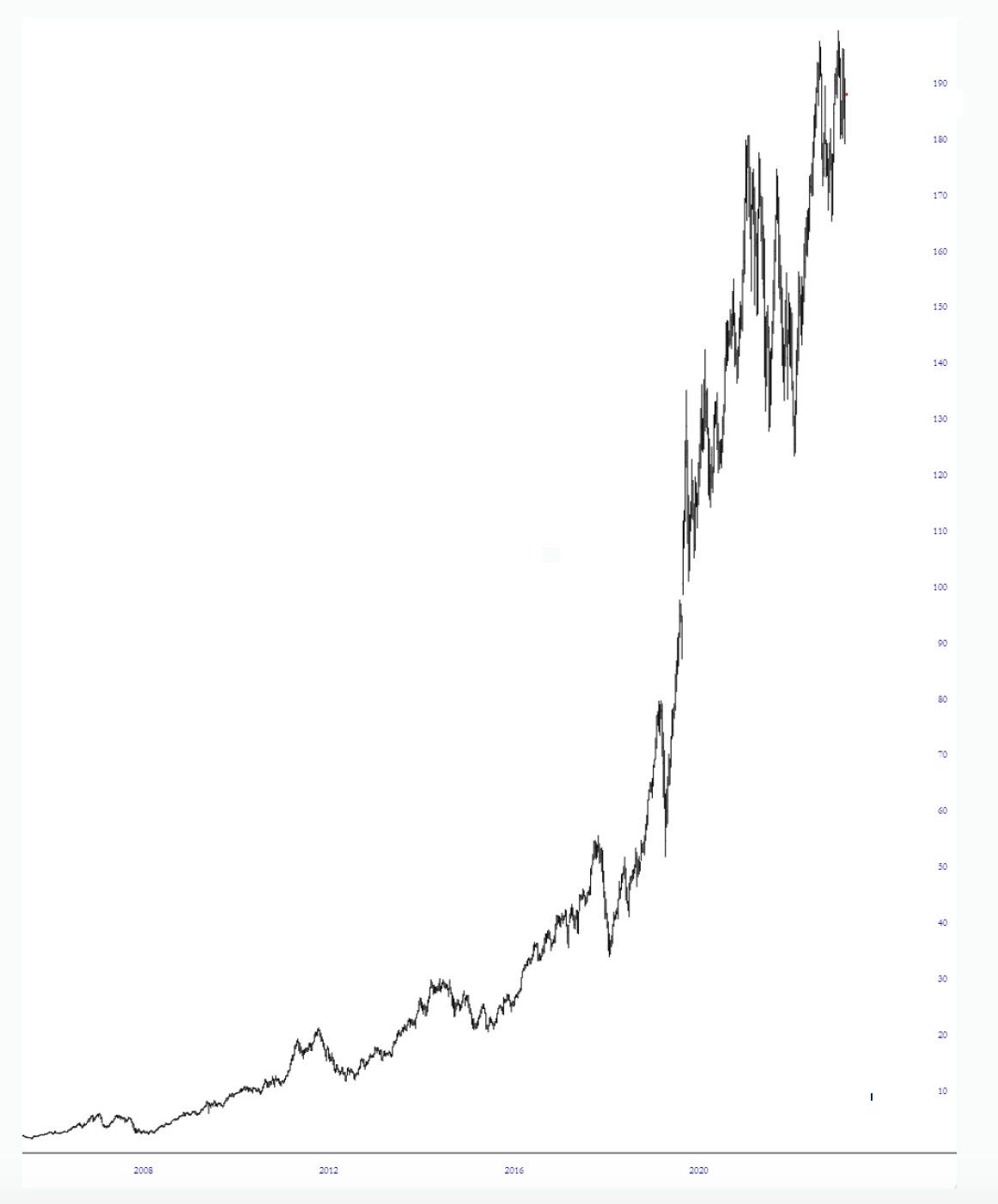Cathie Wood, born Catherine Duddy Wood in 1955, is a prominent American investor and the founder, CEO, and CIO of ARK Investment Management, LLC. With a career spanning over three decades, Wood has become known for her pioneering work in thematic investing strategies. Before founding ARK in 2014, she co-founded Tupelo Capital Management, a hedge fund that managed approximately $800 million in global thematic investments.
Wood’s investment philosophy revolves around identifying disruptive innovation and investing in companies at the forefront of technological advancements. She gained widespread attention for her bold investment strategies and has been dubbed by some as the “Queen of the Bull Market”.
ARK Investment Management focuses on capturing disruptive innovation in the public equity markets, offering investment solutions such as ETFs, mutual funds, managed accounts, model portfolios, and UCITS . ARK’s investment approach combines top-down and bottom-up research to identify innovation early and capitalize on opportunities.
ARK Invest gained prominence for its active management of thematic ETFs, notably the ARK Innovation ETF (ARKK). ARKK seeks long-term growth of capital by investing in companies at the forefront of disruptive innovation. The firm’s investment strategy encompasses innovative sectors such as artificial intelligence, genomics, fintech, and autonomous technology.
Regarding specific stocks, Wood has made bold predictions regarding Tesla’s (TSLA) stock price. Expressing optimism about Tesla’s future growth potential and has set ambitious price targets. Wood and her team at ARK Invest have a long-term price target of $2,000 for Tesla’s stock. Additionally, she has suggested that Tesla could potentially be worth more than $6,000 per share by 2027. Wood’s predictions are based on her belief in Tesla’s ability to dominate the market for “robotaxis” and the company’s potential to revolutionize various industries. Despite fluctuations in Tesla’s stock price, Wood remains optimistic about its long-term prospects and continues to invest in the company.
Price to Book Ratio: 8.69
PEG Ratio: 3.85
PE Ratio: 39.70
Price to Sales Ratio: 6.62
Forward PE Ratio: 42.48
ARK has invested in UiPath Inc. (PATH), a leading enterprise automation software company. As of the latest available data, UiPath is listed among ARK’s top holdings. This investment reflects ARK’s strategy of seeking opportunities in companies driving technological advancements and innovation in various sectors. UiPath’s position in ARK’s portfolio underscores its potential for long-term growth and disruption in the automation and robotics space.
Price to Book Ratio: 6.64
PEG Ratio: NA
PE Ratio: NA
Price to Sales Ratio: 9.94
Forward PE Ratio: 33.88
ARK has been notably bullish on Square Inc. (SQ), a financial services and mobile payment company. While specific details about ARK’s investment in Square may vary over time due to market fluctuations and portfolio adjustments, Square has been a significant holding in ARK’s portfolio. ARK has expressed confidence in Square’s potential for growth, particularly through its Cash App, which ARK believes could become a leading global consumer financial services provider.
Price to Book Ratio: 2.66
PEG Ratio: 240.39
PE Ratio: 13925.86
Price to Sales Ratio: 2.27
Forward PE Ratio: 18.95
ARK has been actively involved in investing in Roku Inc. (ROKU). According to SEC filings, ARK Investment Management LLC has periodically adjusted its holdings in Roku, indicating interest in the company. For instance, in December 2023, ARK reduced its stake in Roku by 12.7% during the third quarter of that year. Additionally, an SC 13G/A filing in January 2024 revealed that ARK Investment Management LLC held a 7.62% beneficial ownership in Roku Inc. While specific details about ARK’s current investment strategy and outlook for Roku may vary, these filings indicate ARK’s ongoing interest and activity in the company.
Price to Book Ratio: 3.92
PEG Ratio: NA
PE Ratio: NA
Price to Sales Ratio: 2.62
Forward PE Ratio: NA
ARK has shown interest in investing in Zoom Video Communications Inc. (ZM). In August 2023, Wood’s Ark Investment Management LLC funds acquired an additional 122,831 shares of Zoom, indicating a bullish stance on the company. Additionally, in June 2023, ARK funds purchased 53,958 shares of Zoom Video Communications, valued at $3.8 million. While specific details about ARK’s current investment strategy and outlook for Zoom may vary, these acquisitions suggest a positive sentiment toward the company.
Price to Book Ratio: 2.53
PEG Ratio: 21.41
PE Ratio: 32.11
Price to Sales Ratio: 4.48
Forward PE Ratio: 13.12
Wood is also known for her bullish predictions on Bitcoin’s price and has reiterated her belief that Bitcoin could reach $1.5 million by 2030. Wood’s optimistic outlook stems from her conviction in Bitcoin’s disruptive potential and its role as a hedge against inflation and currency debasement. She has previously stated that the base case for Bitcoin is $600,000, with a bullish case of $1.5 million by 2030. Wood’s predictions have drawn attention in the cryptocurrency space, with some investors closely monitoring her forecasts as they assess Bitcoin’s long-term potential. She continues to advocate for Bitcoin as a significant investment opportunity and a hedge against traditional financial risks.Bitcoin is currently priced above $60,000.
As a testament to her success, Wood has received numerous accolades and recognition for her contributions to the investment industry. She continues to actively manage ARK’s investment portfolios while also sharing her insights through various media appearances and presentations. She remains a key figure in the world of finance, admired for her innovative approach and dedication to disruptive technologies.
Throughout her career, Wood has demonstrated a keen ability to identify emerging trends and capitalize on them, leading to impressive returns for ARK’s investors. Despite occasional periods of volatility, she remains steadfast in her conviction about the long-term potential of innovation-driven companies. Wood’s influence extends beyond the financial world, as she is seen as a thought leader in innovation and technology investing.
Disclosure: Author had no positions in any of the above at the time the article was written.
Stay ahead of the game and subscribe to our newsletter now to unlock the hottest investment opportunities!

